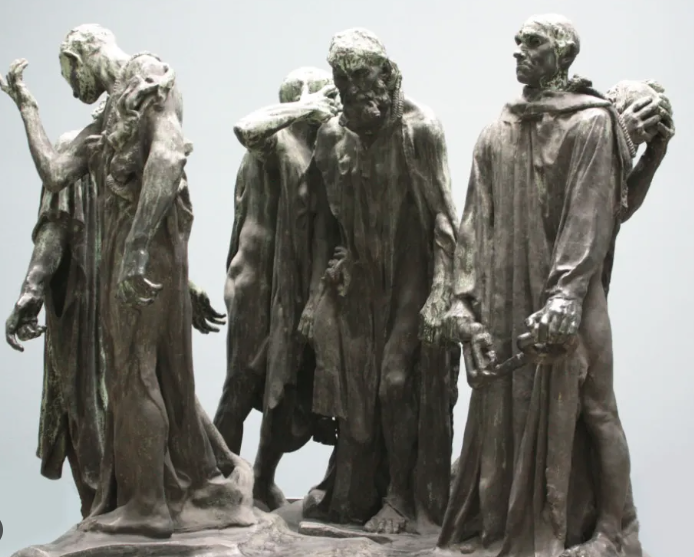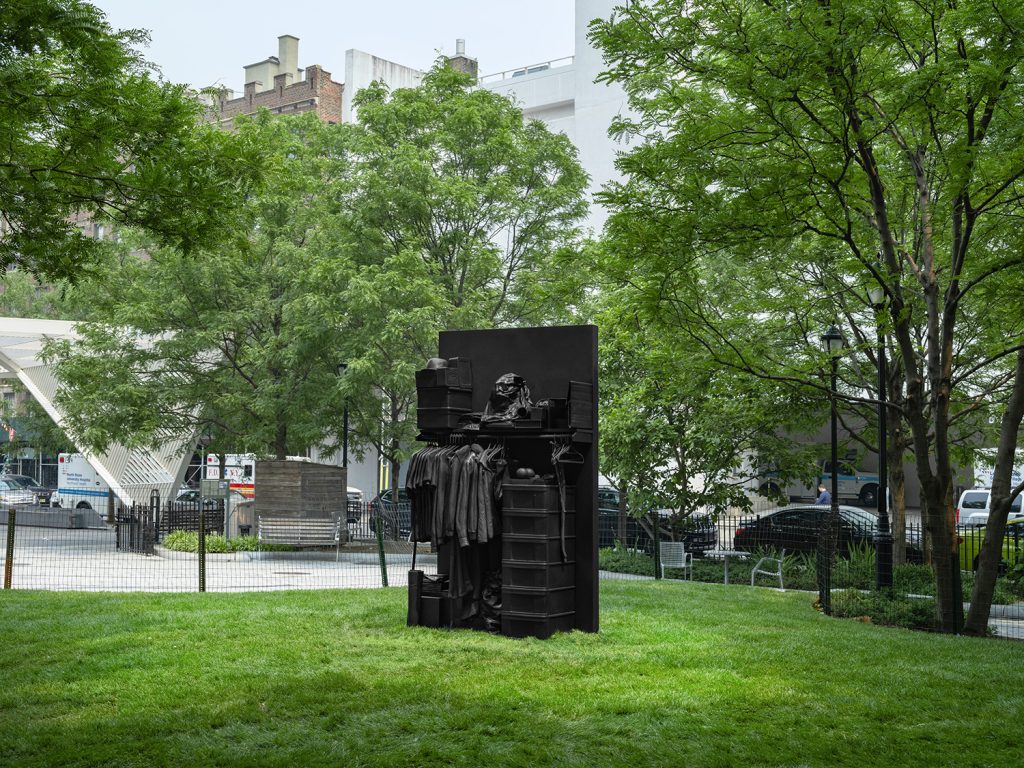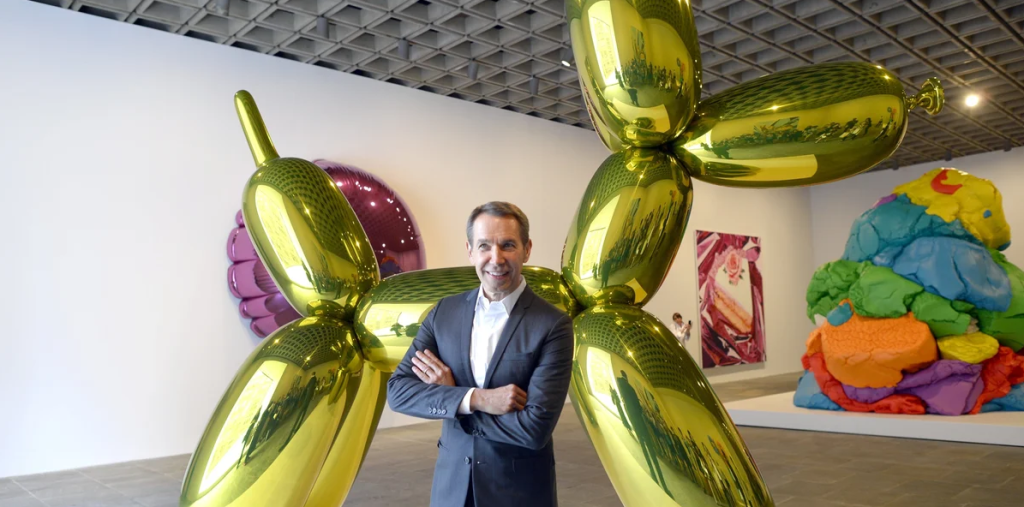The Sculptor’s Mastery: Rodin’s Artistic Milestones of 1903
In 1903, the world was captivated by the extraordinary talent of Auguste Rodin, a pioneering sculptor whose work forged new paths in the art community. This year marked a turning point in Rodin’s career, showcasing his mastery and innovation while solidifying his place in art history. Exploring his accomplishments in 1903 offers insight into how Rodin transformed sculptural art and influenced future generations.
The Burghers of Calais: A Testament to Human Emotion
One of Rodin’s notable projects during 1903 was “The Burghers of Calais,” a powerful sculpture that depicted a somber historical moment. Created in response to the Hundred Years’ War, this piece captures the emotional turmoil of six citizens of Calais who volunteered to surrender to save their city. What sets this work apart is Rodin’s approach to realism, emphasizing the raw, visceral human experience. Each figure is intricately detailed, exuding vulnerability and courage. This focus on emotional depth marked a significant shift away from classical ideals and towards a more expressive style that would resonate for decades.
The Thinker: A Symbol of Intellectual Contemplation
In the same year, Rodin’s iconic sculpture “The Thinker” gained prominence, further establishing its status as a symbol of intellectual contemplation. Originally conceived as part of a larger piece, “The Gates of Hell,” this work showcases a solitary figure immersed in thought. The muscular anatomy and intense expression of the Thinker reflect not just physical strength but also the weight of deep contemplation. Rodin’s unique ability to convey complex emotions through form and texture set a new standard in sculpture, encouraging artists to explore the psychological aspects of the human condition.
The Influence of Rodin’s Techniques
Rodin’s pioneering techniques profoundly influenced the art of sculpture, particularly in 1903. His methods emphasized the rawness of materials, often leaving imperfections visible, which celebrated the beauty of the creative process itself. Through this approach, Rodin transformed how audiences perceived sculpture, encouraging them to appreciate not only the finished product but the journey of creation. His experimentation with light and shadow played a crucial role in bringing his sculptures to life, adding a dynamic quality that was previously unseen. These techniques inspired countless artists and remain foundational in contemporary sculptural practices.
Conclusion
Auguste Rodin’s milestones in 1903 not only showcased his artistic genius but also reshaped the landscape of sculpture. His commitment to emotional depth, intellectual exploration, and innovative techniques resonated deeply with audiences and fellow artists alike. If you’re inspired by Rodin’s work, consider exploring more about his life and the impact he continues to have on the world of art today. Engage with his masterpieces, visit exhibitions, or even delve into the creative process that defines great art!


